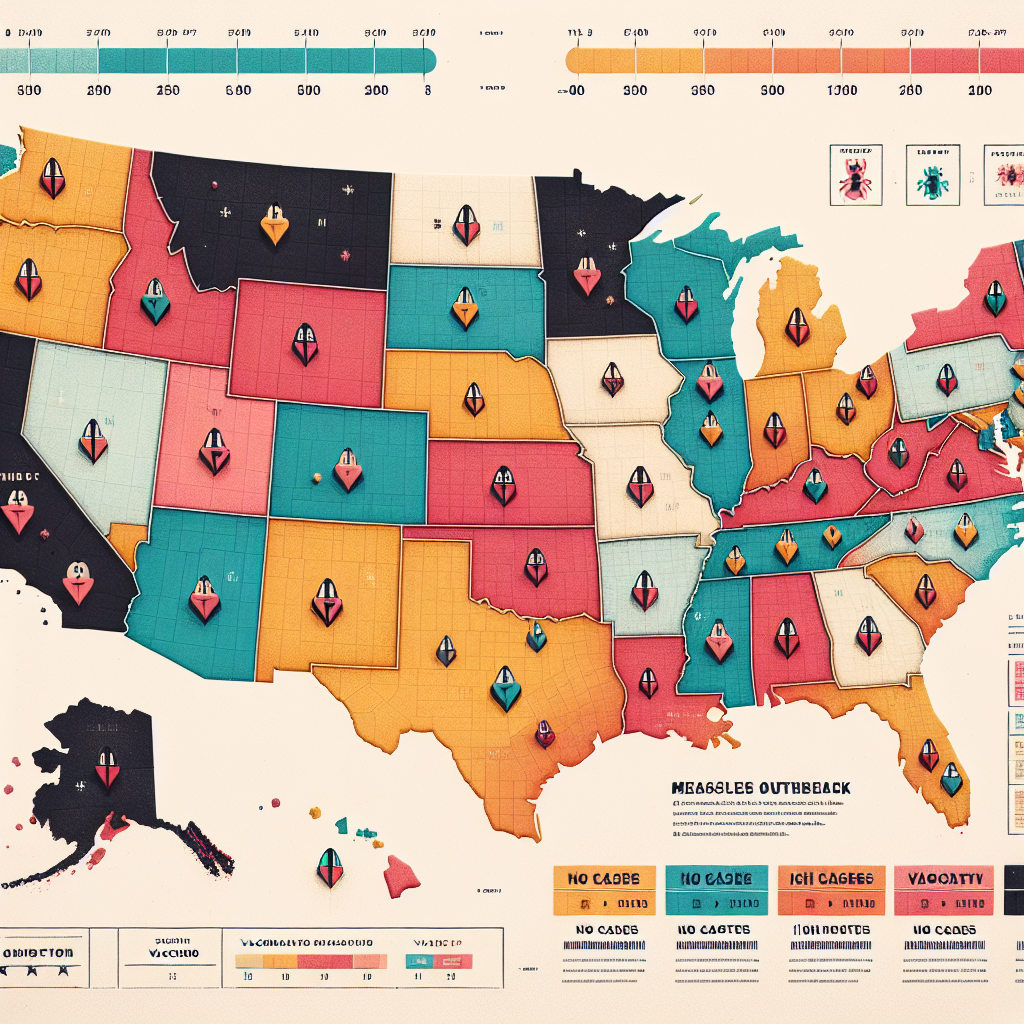
Fire on the Droneship: A Close Call for Falcon 9
The recent Falcon 9 incident has raised eyebrows and questions across the aerospace industry. On March 2, 2025, SpaceX’s Falcon 9 rocket, tail number B1086, successfully deploy the Starlink 12-20 payload before disaster struck just minutes after landing. As the booster touched down on the droneship ‘Just Read the Instructions,’ a fire broke out in the engine section, leading to the loss of the booster.
However, this misadventure reveals much more about the intricate engineering and safety protocols that SpaceX employs in its operations. The timing of the issue – occurring during the recovery phase – has been a key discussion point among engineers and analysts alike.
Fuel Leaks and Engine Imminence: What Happened?
During a conference following the incident, Bill Gerstenmaier, SpaceX’s vice president of Build and Flight Reliability, detailed the sequence of events leading to the failure of B1086. Specifically, about 85 seconds into the mission, a fuel leak occurred in the first stage booster, which allowed the kerosene to spray onto a hot component of the engine. “When the kerosene vaporized, it created a flammable environment, but initially, there wasn’t enough oxygen to ignite it during ascent,” Gerstenmaier explained.
Following the landing, however, the situation changed. About 45 seconds after touching down, enhanced oxygen availability ignited the fuel in the engine compartment. The ensuing fire blew out the barrel panel, which is designed to rupture under such conditions, effectively containing the damage to the engine compartment.
Continuous Monitoring: Lessons Learned
SpaceX and NASA both took immediate measures to evaluate the implications of this incident. With upcoming missions, including flights to the International Space Station, both entities needed to ensure that there were no risks related to ascent. Julianna Scheiman, director of NASA Science Missions for SpaceX, stated, “Both teams reviewed the data from the launch to confirm that no concerns would pose risks to future missions.”
Such diligence emphasizes the collaborative nature of current space exploration. NASA’s Launch Services Program (LSP) conducted an independent assessment of the mishap. As Denton Gibson, the launch director for the LSP, noted, “Our role is to ensure mission assurance. We engage in evaluations independently to provide an objective view.”
Regulatory Oversight: FAA’s Role in Spaceflight
Following the Falcon 9 mishap, the Federal Aviation Administration (FAA) stepped in to ground the Falcon 9 fleet temporarily. This action highlighted the FAA’s critical role in maintaining safety oversight in commercial space operations, particularly as the space sector witnesses unprecedented growth.
The FAA’s approval to resume flights on March 4 showcased the regulatory body’s support of SpaceX’s ongoing efforts to rectify the anomaly while ensuring that future missions remain safe. Importantly, both NASA and SpaceX have final authority to greenlight upcoming missions.
More Than Just a Single Incident: Hurricane of Technical Challenges
While the recent fire was alarming, it was not the first technical challenge SpaceX faced in a relatively short timespan. In a separate incident on February 1, 2025, during the Starlink 11-4 mission, a small oxygen leak led to a frozen thrust vector control line, resulting in a loss of attitude control on the Falcon 9’s second stage. Although this issue didn’t trigger regulatory action, it serves as yet another example of the myriad challenges that can arise in rocket operations.
Gerstenmaier reassured stakeholders, stating, “Launches that support Crew Dragon missions are short enough that freezing is not a concern, but we’ve implemented additional checks and tightened our abort limits.”
Static Fire Tests: A Critical Step in Pre-Launch Procedures
To reinforce safety and ensure readiness for the Crew-10 mission, SpaceX conducted a static fire test of the Falcon 9 rocket on March 9, 2025. This critical step allows the team to assess propulsion and confirm that all systems function correctly before an actual launch. Following the test, results will feed into NASA and SpaceX’s launch readiness review.
The combination of persistent challenges and thorough evaluations symbolizes an ongoing commitment to safety that is paramount within the aerospace industry. Even as setbacks arise, the pursuit of knowledge and safety remains at the forefront.
The Road Ahead for Falcon 9
SpaceX is once again gearing up to resume Falcon 9 operations. Missions planned across both coasts of the United States should mark a return to form for the reusable rocket. As the industry awaits the next launches, stakeholders from various sectors remain vigilant, prepared for the next thrilling chapters in space exploration.
A SpaceX Future: Innovation Amid Uncertainty
In a broader context, the challenges surrounding Falcon 9 exemplify the nature of modern rocket development. Risks remain integral to advances in spaceflight, and for every successful launch, there may be a story of failure lurking behind the scenes. But with organizations like SpaceX and regulatory bodies managing these dynamics, the journey continues toward ever-greater exploration of our universe.
To learn about the disclaimer of liability for the content of this website, click here




